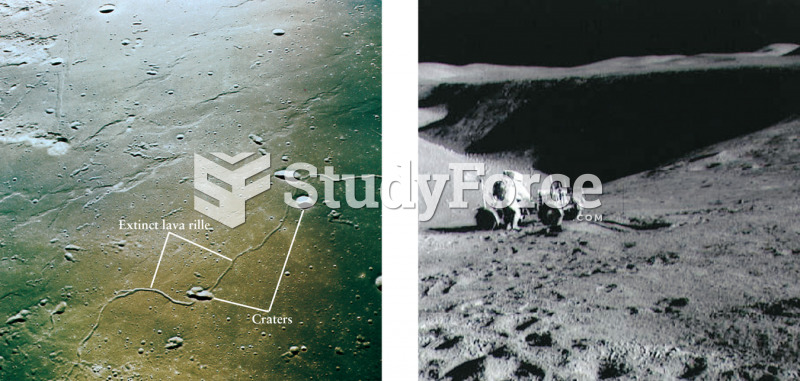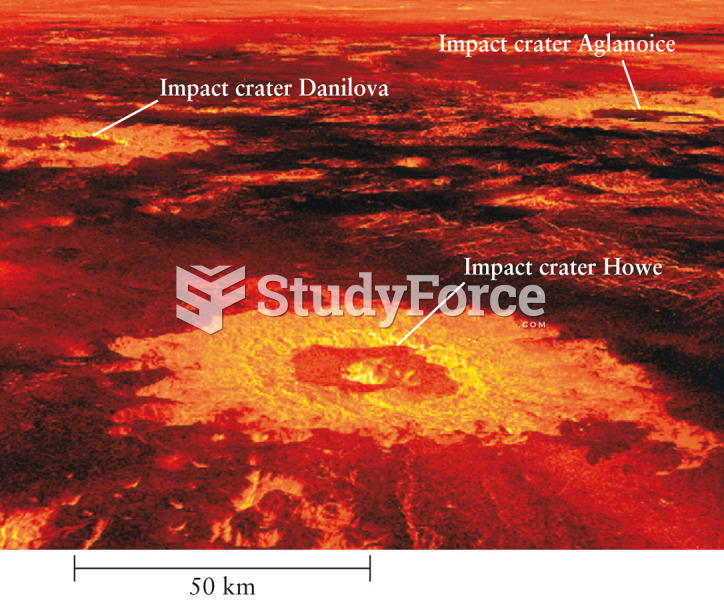This topic contains a solution. Click here to go to the answer
|
|
|
Did you know?
In the United States, an estimated 50 million unnecessary antibiotics are prescribed for viral respiratory infections.
Did you know?
By definition, when a medication is administered intravenously, its bioavailability is 100%.
Did you know?
Nearly all drugs pass into human breast milk. How often a drug is taken influences the amount of drug that will pass into the milk. Medications taken 30 to 60 minutes before breastfeeding are likely to be at peak blood levels when the baby is nursing.
Did you know?
Drying your hands with a paper towel will reduce the bacterial count on your hands by 45–60%.
Did you know?
More than 150,000 Americans killed by cardiovascular disease are younger than the age of 65 years.
 Bow shock formed by the magnetosphere of LL Orionis (center) as it collides with the Orion Nebula fl
Bow shock formed by the magnetosphere of LL Orionis (center) as it collides with the Orion Nebula fl
 The image formed on the retina is inverted. The brain rights the image as part of the interpretation
The image formed on the retina is inverted. The brain rights the image as part of the interpretation





